Document Type
Case Study
Publication Date
2022
Abstract
The mapping of cultural assets has emerged as an evolution in mapping, bringing together “both qualitative and quantitative mapping of cultures” in order to create a cultural inventory that allows for multi-faceted planning efforts (Duxbury, et al., 2015, p. 7). By placing the Seattle area arts organizations documented by the Arts Ecosystem Research Project (AERP) onto a map organized by decade, arts researchers can gain a valuable tool to utilize in the practice of Sankofa, which can be simply defined as “learning from or building on the past” (Quarcoo, 1972, as cited in Temple, 2010, p. 127). Examining this map can teach us many things about the past, but this project will address the following questions: What can data derived from AERP research tell us about how arts and cultural activity in Seattle has changed since the 1960s? Specifically, how has the geographic density of arts and culture activity within Seattle shifted over time? And what does analyzing this data through a series of micro versus macro level comparisons reveal about the Seattle arts sector? Through this analysis, we can better understand how a variety of influences such as cultural planning trends and local philanthropic efforts can affect the formation and physical placement of cultural assets in an urban area such as Seattle. This type of analysis can also give us valuable insights about not just the growth and resilience of the Seattle arts ecosystem, but the nature of arts ecosystems in general.
Organization or Event
Multiple
Form of Entity
Multiple
Area of Activity
Multiple
Artistic Discipline
Multidisciplinary Arts
Recommended Citation
Fatooh, Stefanie, "Mapping Seattle’s Cultural Assets: Using Data from the Arts Ecosystem Research Project to Inform Future Arts Leaders" (2022). Mapping Seattle's Cultural Assets. 1.
https://scholarworks.seattleu.edu/mapping-seattles-cultural-assets/1


